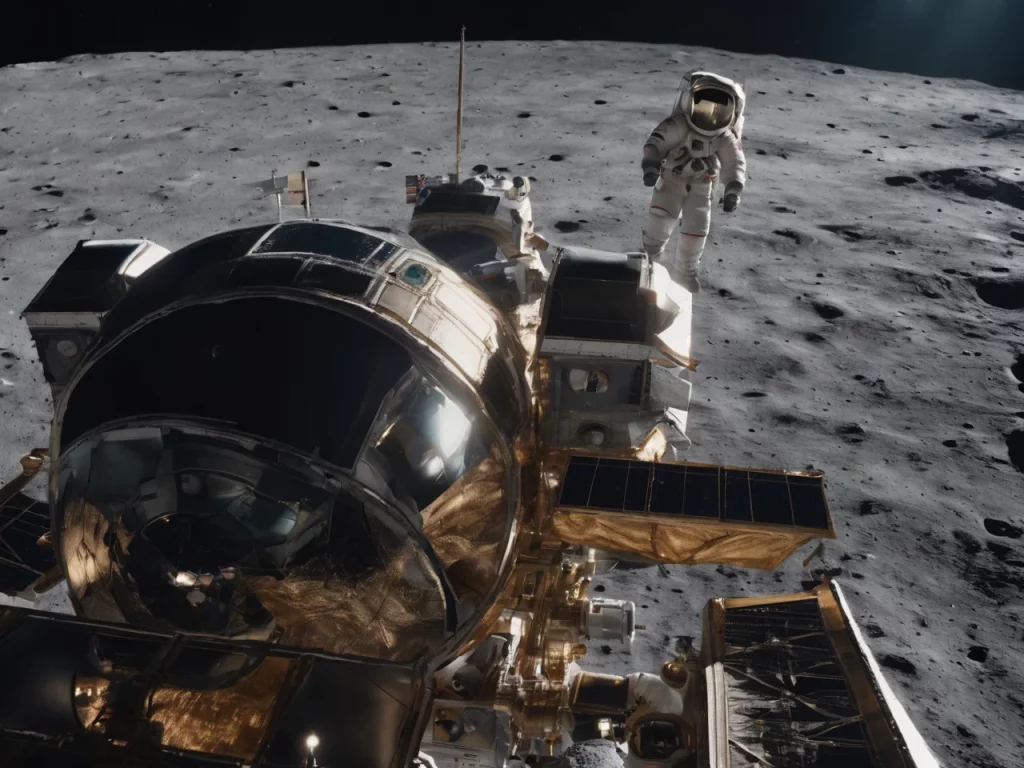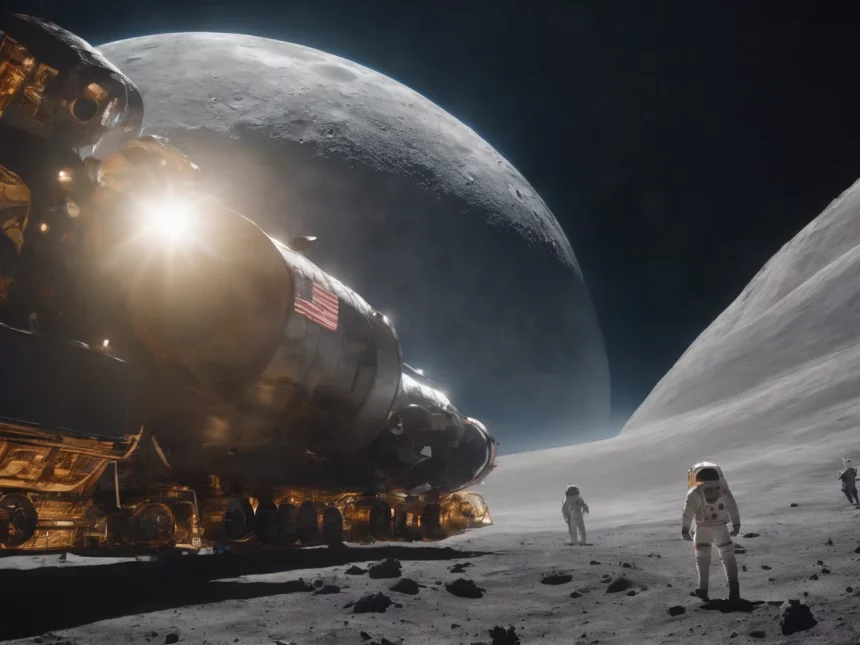The Artemis 3 mission by NASA stands as a crucial element within the expansive Artemis program, seeking to reignite the spirit of lunar exploration. However, The project’s deadline is uncertain, adding unpredictability according to the recent findings from the United States Government Accountability Office (GAO). Delays and technical issues have emerged, leading to the projection that Artemis 3 might not land humans on the Moon until 2027. In today’s blog post, we will discuss the challenges and setbacks surrounding NASA’s Artemis 3 mission, uncovering the intricacies that have led to its projected delay until 2027.
Challenges and Delays: NASA’s Artemis 3 Mission

Unprecedented Ambition of NASA’s Artemis 3 Mission
NASA’s Artemis 3 mission unfolds as a groundbreaking initiative within the broader Artemis program, signaling a remarkable return to lunar exploration. The Human Landing System (HLS) program, a critical aspect of Artemis 3, set an ambitious development timeline of 79 months, 13 months shorter than typical NASA projects. However, the schedule for this project has been labeled as unrealistic by the GAO, which thoroughly examined the intricacies of the undertaking.
The GAO report highlights that NASA and its contractors have progressed exponentially, yet challenges persist. The lunar lander and spacesuit development faces hurdles, with delays in crucial flight tests potentially impacting subsequent assessments. As the GAO scrutinized NASA data and conducted interviews with officials and industry representatives, the conclusion emerged that Artemis 3 is unlikely to materialize in 2025, as planned.
- Advertisement -
Delays and Complications
While delving into the details, the GAO report illuminates the challenges hampering the Human Landing System. Out of the 13 key events, eight have experienced delays of at least six months as of September 2023. Two of these events, critical to the initial launch plans for 2025, were pushed back, partly due to challenges encountered during the Orbital Flight Test.
The Orbital Flight Test, designed to showcase aspects of the launch vehicle and lander configuration, faced a seven-month delay, culminating prematurely due to deviations from the expected trajectory and instability issues. These unforeseen obstacles added to the growing list of complications impeding the progress of the Artemis 3 mission.
Technical Hurdles and SpaceX’s Role in NASA’s Artemis 3 Mission
As the Artemis 3 mission struggles with delays, SpaceX, a key player in the endeavor, encounters intricate technical challenges. Elon Musk’s company shoulders the task of showcasing its knack for storing and moving fuel in space—an essential part of the plan to land on the natural satellite.
SpaceX’s involvement extends to developing multiple tankers for transferring fuel to a designated “depot” in space before its final transfer to the Human Landing System. However, making headway in this area has proven challenging, highlighting the intricate technical challenges needed to conquer before Artemis 3 can move forward as originally planned.
Overcoming the Lunar Landing Setback
In conclusion, the journey to resurrect lunar exploration through NASA’s Artemis 3 mission is fraught with challenges and delays. The GAO’s sobering report highlights the complexities of the Human Landing System program and the broader Artemis initiative. While setbacks are inevitable in pursuit of unprecedented goals, it remains unknown how NASA, its contractors, and SpaceX navigate these challenges to ensure that Artemis 3 ultimately fulfills its mission, although with a revised timeline. As the space community watches closely, the resilience and adaptability of the Artemis program may yet triumph over the setbacks, propelling humanity back to the Moon shortly.


